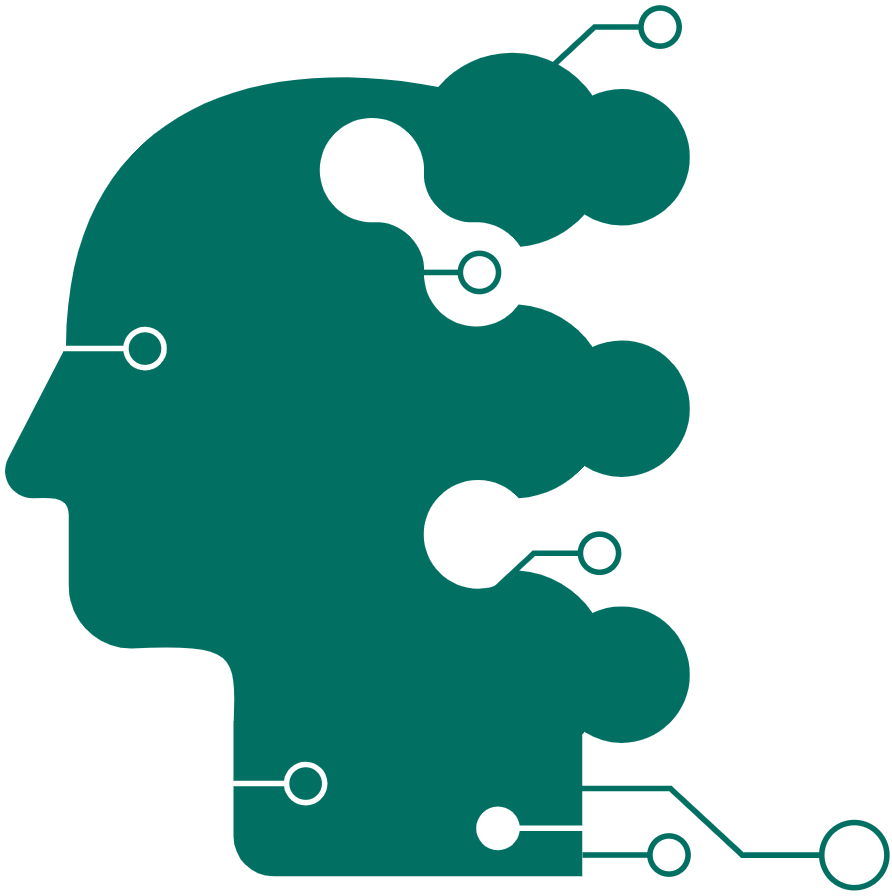44% of teachers have used AI, but workload remains unchanged

In the 2024 survey, we asked teachers whether they had ever used artificial intelligence (AI)* within their teaching role.
Almost half (44%) reported using AI, with similar levels of use across nations, school types and percentages of FSM-eligible students.
How teachers are using AI
Teachers can see AI’s potential to ease their workload, but they need time to explore its capabilities and learn how to integrate these tools effectively into their work.

The impact of AI on workload
The quantitative data suggests that, currently, AI is only slightly reducing workload: 3% of teachers said it had greatly reduced their workload.
In the open-ended responses, you commented on barriers to using it:
- the length of time it takes to learn how to use AI programs
- the time required to check and correct inaccurate content.
To what extent do you think that using AI has reduced your workload?
![]()
It can quickly tackle some tasks, but it hasn't been the game changer people keep saying it is. There are some expensive paid products that can have larger impacts, but these are often beyond the reach of school budgets.
Whilst it can be helpful, the results still need to be very much checked and adjusted for the students. I also haven't found a way of using AI to help with things like marking and providing feedback, which I find to be the most time consuming.
I need some more time to be able to see exactly what it can do for me. This is difficult with a full teaching timetable and responsibility for a faculty.
I have used it infrequently for creating worksheets. These need to be checked carefully which results in less time saved than hoped!
Explore AI using our education resources
Read more about AI in education in these curated articles from Education in Chemistry, our magazine for chemistry teachers:
(January 2023)
(February 2024)
(March 2024)
Respondents told us that they would like more Professional Development on how they can best use AI in the science classroom.



